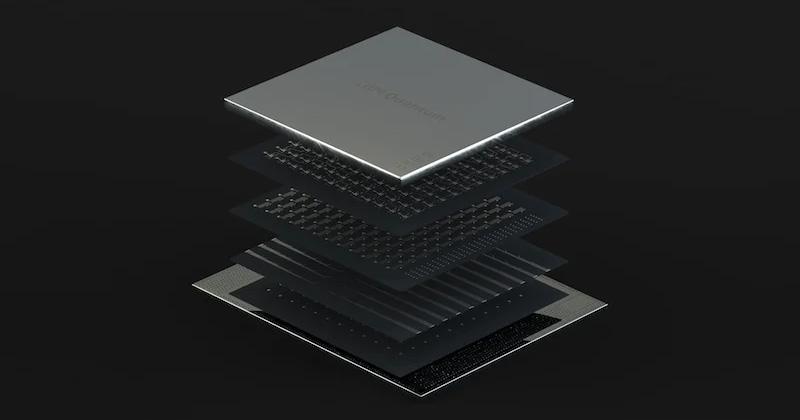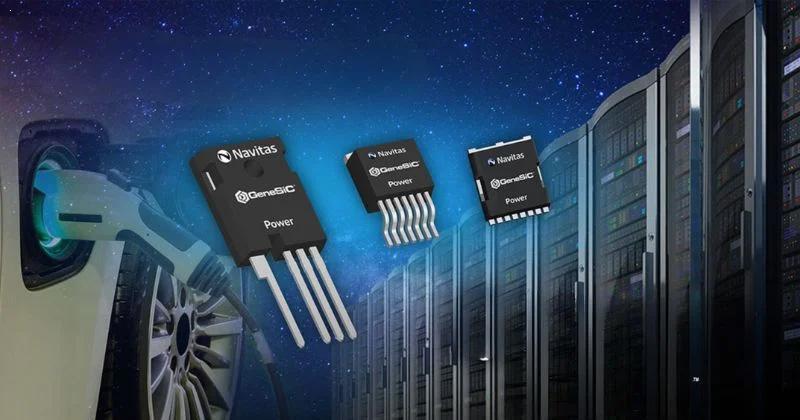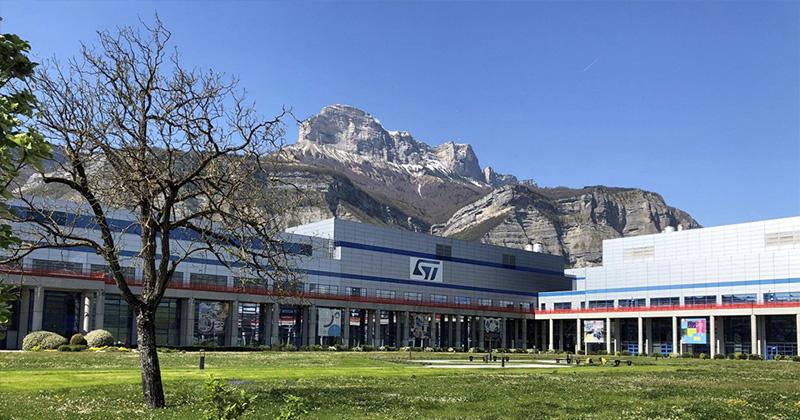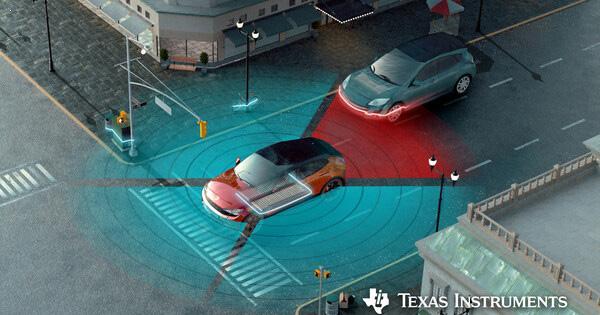
New AI Efforts Touch Everything From Data Ownership to Humanoid Robots
The rapid proliferation of AI technologies is reshaping industries and driving innovations that range from automating complex tasks to creating new forms of digital content. But, as AI integrates deeper into the fabric of everyday life, it brings about both opportunities and challenges.
This new robot from Figure is a vivid example of multiple AI technologies in action. YouTube by Figure.
On one hand, AI enables unprecedented efficiency and capabilities across sectors; on the other hand, it raises concerns over data ownership, intellectual property, and the ethical use of technology.
The intersection of these challenges has opened up the way for many startups to establish a name for themselves in niche corners of the market. In this piece, we’ll take a look at some recent AI developments that are touching different areas of the AI marketplace.
Golioth’s AI Infrastructure
Aiming to significantly simplify the integration of AI capabilities into IoT systems, Golioth recently announced an “AI-ready IoT infrastructure” tailored for microcontrollers. On a high level, Golioth’s infrastructure aims to address the growing demand for AI-driven IoT solutions by offering a low-friction pathway for companies to integrate AI into their existing operations.
To that end, the new infrastructure facilitates AI model training, deployment, and execution directly on IoT devices and in the cloud. The platform's core features include large unstructured data streaming, flexible over-the-air updates, and cohesive integration with AI platforms such as Edge Impulse, Hugging Face, and Replicate.
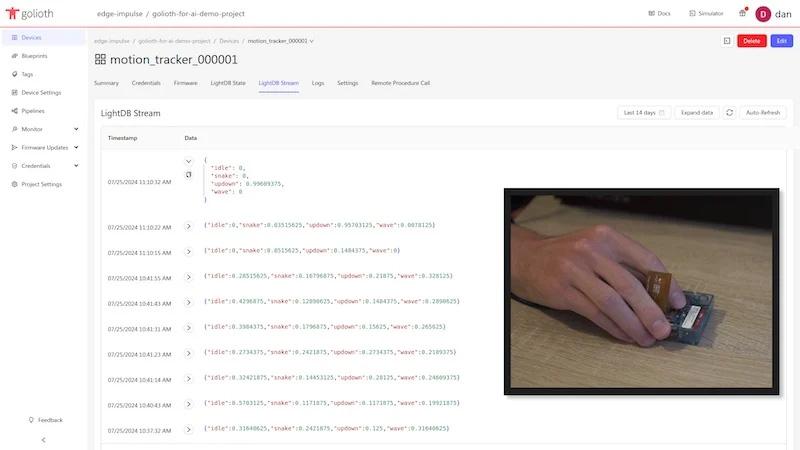
Golioth’s AI infrastructure. Image used courtesy of Golioth. (Click image to enlarge)
According to the company, the infrastructure will enable efficient streaming of high-resolution images and audio clips from edge devices to the cloud for advanced AI analysis. Additionally, it will support object storage solutions like AWS S3, Google Cloud Storage, and Azure Blob Storage.
As part of the announcement, the platform's OTA update capability has been enhanced to handle larger artifacts and diverse asset types, including AI models and rich media files. The company’s AI pipelines allow for real-time AI analysis on live IoT data, resulting in advanced insights and automation without the need for specialized edge hardware.
Figure Taps Nvidia for Humanoid Robot
For its part, startup Figure recently unveiled Figure 02, a fully autonomous humanoid robot designed to handle complex tasks in real-world environments. Architecturally, Figure 02 relies heavily on Nvidia hardware. For on-board compute, the system integrates a dual Nvidia RTX GPU module that delivers threefold inference gains over its predecessor. This computational power enables the robot to perform sophisticated AI tasks, such as high-precision pick-and-place operations and real-time conversational interactions.
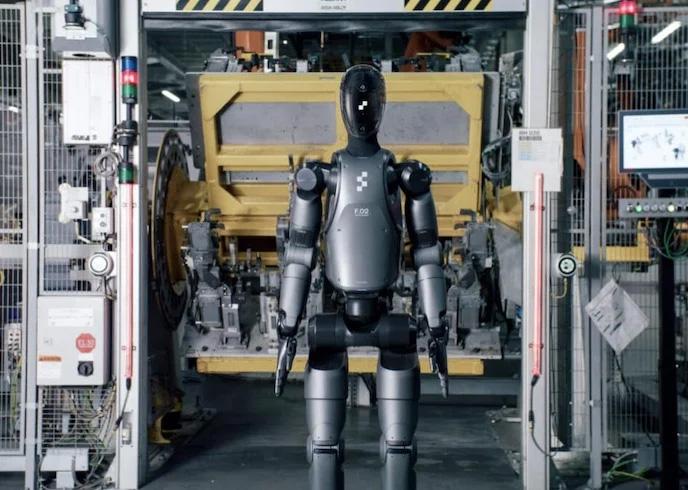
Called “Figure 02”, this fully autonomous humanoid robot was created to handle complex tasks in real-world environments. Image used courtesy of Nvidia.
The robot's AI models are also trained using Nvidia H100 GPUs and leverage the synthetic data generated by Nvidia's Isaac Sim, a simulation platform built on Nvidia Omniverse that allows for comprehensive design, testing, and training of AI models in a virtual environment before deployment.
The robot's hardware is further complemented by advanced sensory capabilities, including six RGB cameras and human-scale hands designed for dexterous manipulation. Thanks to these features, as well as the computational power of Nvidia's AI stack, Figure believes that Figure 02 can be a solution for industries facing labor shortages.
ProRata Ends Data “Shoplifting”
ProRata, a California-based startup, is addressing a major issue within the generative AI industry: the unauthorized use of copyrighted material for AI training. The company's core innovation lies in its proprietary algorithmic system, which is designed to deconstruct AI-generated content to identify and attribute the original sources. This process enables accurate revenue-sharing by calculating the exact contribution of each copyrighted work used in AI outputs, thus ensuring content creators are compensated.
The technological backbone of ProRata's solution involves sophisticated algorithms that analyze the components of AI-generated outputs, such as text, images, or music, to trace them back to their original sources. The company has filed patent applications for these algorithms, which protect the intellectual property of creators and provide a scalable model for AI companies to license content ethically and legally.
Alternative to Litigation
ProRata's approach is being positioned as an alternative to the ongoing legal battles over copyright infringement in the AI industry. By facilitating direct revenue-sharing agreements with content creators, ProRata aims to mitigate the need for litigation. The company has already secured partnerships with major media entities like Universal Music Group, The Atlantic, and Time, indicating significant industry support for its model.
Moreover, ProRata plans to demonstrate the effectiveness of its system through a subscription-based search engine that exclusively utilizes licensed data. This contrasts sharply with typical AI search engines that rely on scraped data, suggesting that quality data sources can yield superior AI outputs. Overall, ProRata’s ambition is to establish a new standard in the AI ecosystem where ethical data usage is possible and profitable.
The Future of AI
As AI continues to permeate various sectors, the industry finds itself at an important juncture. While advances from Golioth, Figure, and ProRata all showcase the potential of AI to transform industries and solve complex problems, they also bring to light the pressing need for responsible development and implementation of these technologies.
As we venture further into this AI-driven era, collaboration between tech companies, policymakers, and the public will be necessary for shaping a future where AI enhances human capabilities without compromising fundamental rights or values.


